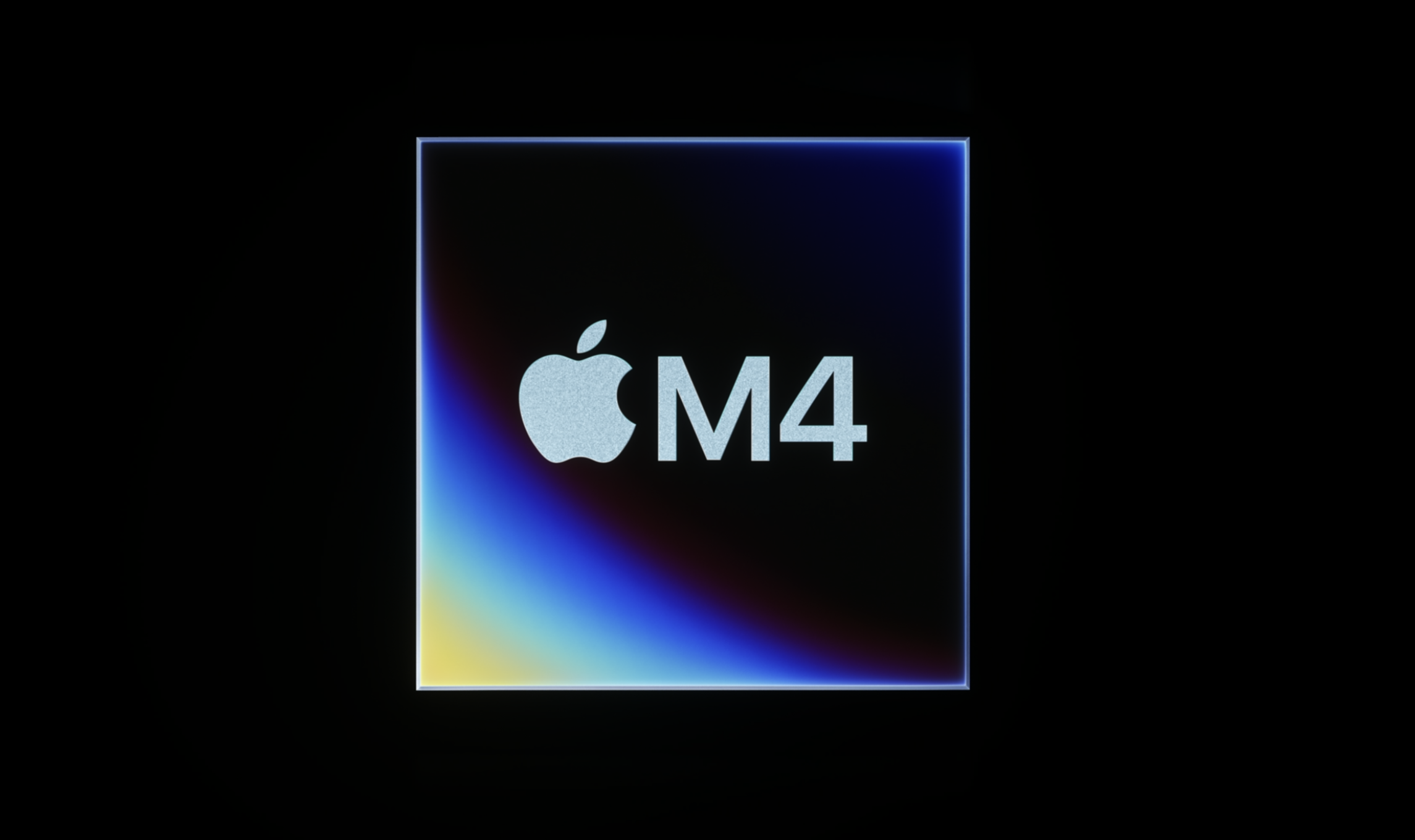Apple M4 Max CPU transcribes audio twice as fast as the RTX A5000 GPU in user test — M4 Max pulls just 25W compared to the RTX A5000's 190W
The M4 Max is nearly 14 times more power efficient than Nvidia's previous-gen professional GPUs at audio transcoding.

Apple's all-new M4 silicon excels significantly in transcribing compared to other CPUs and GPUs, even discrete GPUs. Iniysa on X reports that Apple's M4 Max accomplished an audio transcode with Whisper V3 Turbo in half the time of Nvidia's Ampere-based RTX A5000 GPU while using nearly eight times less power.
The M4 Max purportedly transcribed an audio file using Whisper V3 Turbo in just 2:29 minutes with MLX while consuming 25 watts of power. The RTX A5000 graphics card purportedly ran the same test in 4:33 while consuming 190 watts of power. That is a 7.6x power consumption advantage in favor of the M4 Max.
It's worth mentioning that Nvidia's RTX A5000 GPU is a previous-generation part, so newer GPUs based on Ada Lovelace will most certainly perform better in this test. Regardless, the performance margin between the two is outstanding, especially considering the power consumption of both chips.
Holy cow M4 Max transcribed a 179:23 audio using Whisper V3 Turbo in just 2:29 with MLXwith a mere 25W power drawThe same audio, transcribed with same Whisper V3 Turbo on an RTX 5000, took 4:33 and consumed 190W https://t.co/8tFgD3AnJ9 pic.twitter.com/rBj73mYm5zNovember 12, 2024
The RTX A5000 is an Ampere-based professional GPU featuring 8,192 CUDA cores, 24GB of GDDR6 memory, 768 GB/s of memory bandwidth, and a total board power rating of 230W. The M4 Max, by contrast, is an APU technically featuring 12 performance cores and four efficiency cores paired with a beefy media engine that supports all modern encoding and decoding standards, including AV1. The GPU has ten cores in total.
The main advantage of the M4 Max is its large number of encoders. Rather than having just one or two encoders, as many GPUs today do, the M4 Max features four total encoders, two regular video encode engines, and two Pro Res encode and decode engines.
Undoubtedly, Apple's investment in heavy encoding performance helped fuel the M4 Max's impressive transcoding win against the RTX A5000. More impressively, the M4 Max's benchmark run was done in its host machines's more balanced profile. Adjusting the fans to operate at max fan speed constantly cut the transcode time by 10 seconds (down to 2:19).
Get Tom's Hardware's best news and in-depth reviews, straight to your inbox.

Aaron Klotz is a contributing writer for Tom’s Hardware, covering news related to computer hardware such as CPUs, and graphics cards.
-
ezst036 It's a shame that in order to have these faster processors that means you gotta get stuck in that walled garden.Reply
No thank you. -
JamesJones44 That's interesting. Most of the GPU benchmarks put the 40 "core" M4 Max roughly in line with a 3060 or a 4070 (depending on the benchmark). The official Geekbench OpenCL benchmarks puts the OpenCL score at about a 3060 Ti while blender has it about a 4070 Ti which is where the A5000 falls in similar benchmarks. I'm guessing the media accelerators must be optimized for this use case (or the benchmark is a one off).Reply
Still, pretty impressive from an iGPU pulling 25 watts for this benchmark.
https://browser.geekbench.com/opencl-benchmarks
https://opendata.blender.org/benchmarks/query/?device_name=Apple M4 Max (GPU - 40 cores)&device_name=NVIDIA GeForce RTX 4070&blender_version=4.2.0&group_by=device_name -
Mama Changa Reply
Hopefully that Linux project gives us an alternate option eventually. I wouldn't mind an M4 Pro based Mac mini if I could run Linux.ezst036 said:It's a shame that in order to have these faster processors that means you gotta get stuck in that walled garden.
No thank you. -
JamesJones44 Reply
Fedora Linux does support Apple Silicon, but it's still a very bumpy ride and a lot of desktop Linux applications are not crossed compiled for ARM on Linux yet given it's a relatively new development.Mama Changa said:Hopefully that Linux project gives us an alternate option eventually. I wouldn't mind an M4 Pro based Mac mini if I could run Linux. -
mcfadyeni ReplyThe main advantage of the M4 Max is its large number of encoders. Rather than having just one or two encoders, as many GPUs today do, the M4 Max features four total encoders, two regular video encode engines, and two Pro Res encode and decode engines.
Undoubtedly, Apple's investment in heavy encoding performance helped fuel the M4 Max's impressive transcoding win against the RTX A5000
Think there's some confusion here—Whisper is not the same as transcoding, and encode/decode engines wouldn't help with this task since it entirely relies on the actual GPU cores themselves and not the encode/decode engines 🤔 -
Moores_Ghost To be most effective, ALL of the best producers, beat makers and artists I know create using Mac and PC as well as arrays of analog equipment and specialty items.Reply
Mac has always been known for high quality audio work. The first digital studios used Mac. The PC caught up quick, as always, and provided a lower cost entry point to digital music making.
Later, the mobile market came to fruition as processing on small ARM devices became more powerful.
Today you have a robust landscape of options for your digital audio studio. Gone are the days of single machine solutions. Interoperability being the name of the game.
It's great the fastest Apple silicon can beat Nvidia's offerings from yesteryear, and at a significant reduction in power.
I see Apple as a walled garden in some aspects however the file types generated by these programs are compatible with most machines. Moreover, the same programs run on different machines, like Audacity and Pro Tools.
Whereas Mac was second fiddle to Amiga for video (Due to the Video Toaster and AmigaOS) Apple beat the Atari ST (Which was better than Amiga) in audio manipulation and built on that since.
What we see now is the convergence of these technologies allowing musicians to work together, digitally, in a way that was much harder in the past.
If the M4 is this good, I can't wait to see M5.
Now, if someone could convince Apple to knock the wall down, things could progress far faster.